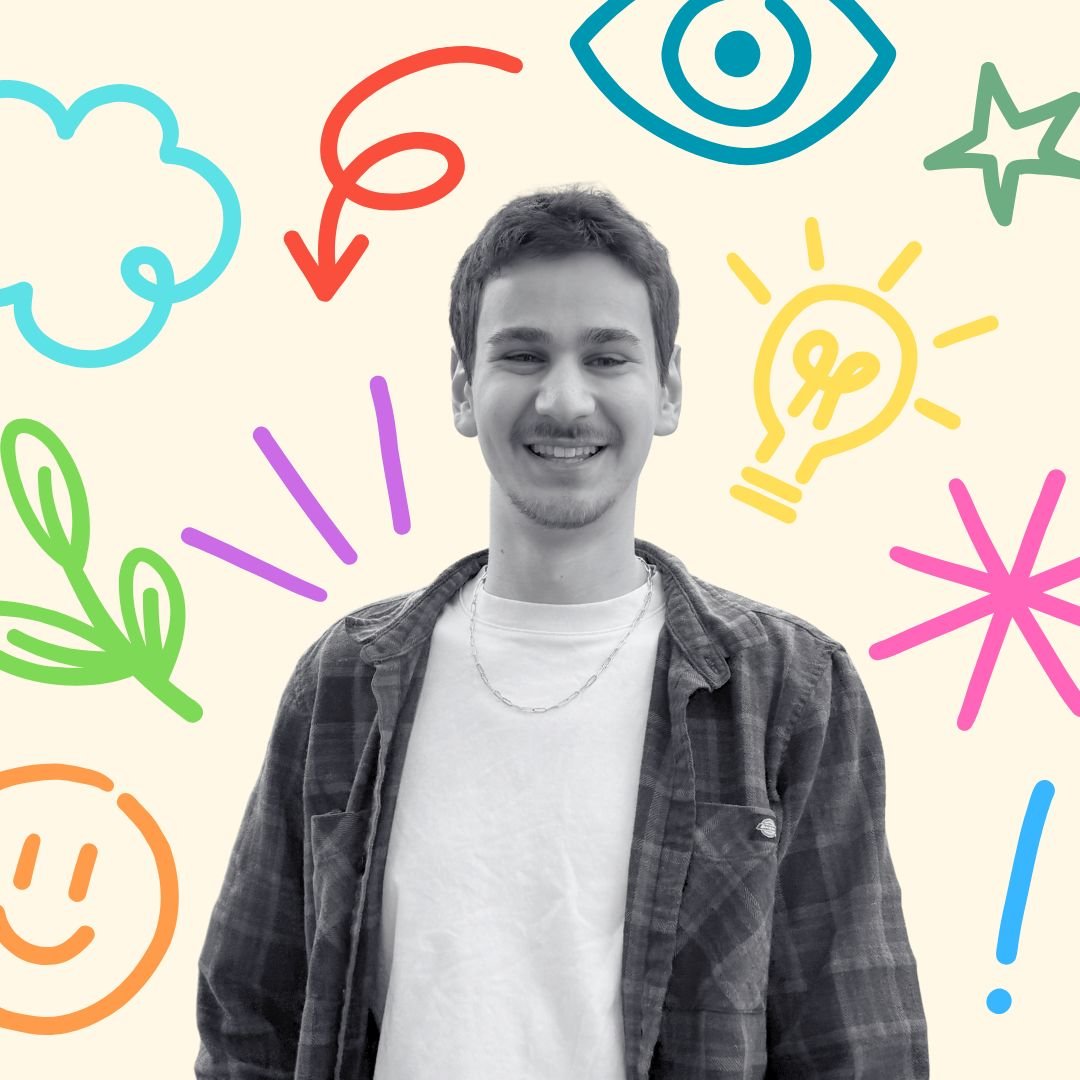That’s the #1 question I always get! We have good days and bad like anyone else, but for the most part it’s great. We have a very similar design aesthetic and balance each other’s strengths and weaknesses. Knoed is a graphic design studio we started together 8 years ago. It’s just him and I, and we specialize in branding for startups and small businesses. They’ll come to us with just their company name and it’s up to us to design their visual identity and suite of materials (stationery, packaging, website, etc.). My interest in painting came out of a branding project I was working on where I wanted to create watercolour washes as background textures. I loved watching the paint react to water and the effect it gave once it dried, so I bought a few more supplies and started exploring ideas for myself. I shared those works on Instagram and Pinterest and it sort of took off. Fast forward to today, I sell prints and original paintings on my website and work with a handful of interior designers and art consultants to license my art for hotels, homes, and products.
I’m starting to get asked to do bigger scale commissioned paintings. I normally work at the size of 18″ x 24” or smaller, but I have to push myself to go bigger and try doing some that are 24″ x 36” or even 36″ x 48”.
I’m excited and nervous about it, but most of all I’m interested to see if going bigger changes anything with my approach and perspective.
Personally, I’m trying to work toward minimalism with the things I own and only keep things I use and love. Like everyone else, I’m using the KonMari method of choosing joy and tidying up. I’ve been doing that for a few years, ever since her book came out, and each time I go through my closets and drawers I’m getting closer to my goal, but it’s hard to let go!



